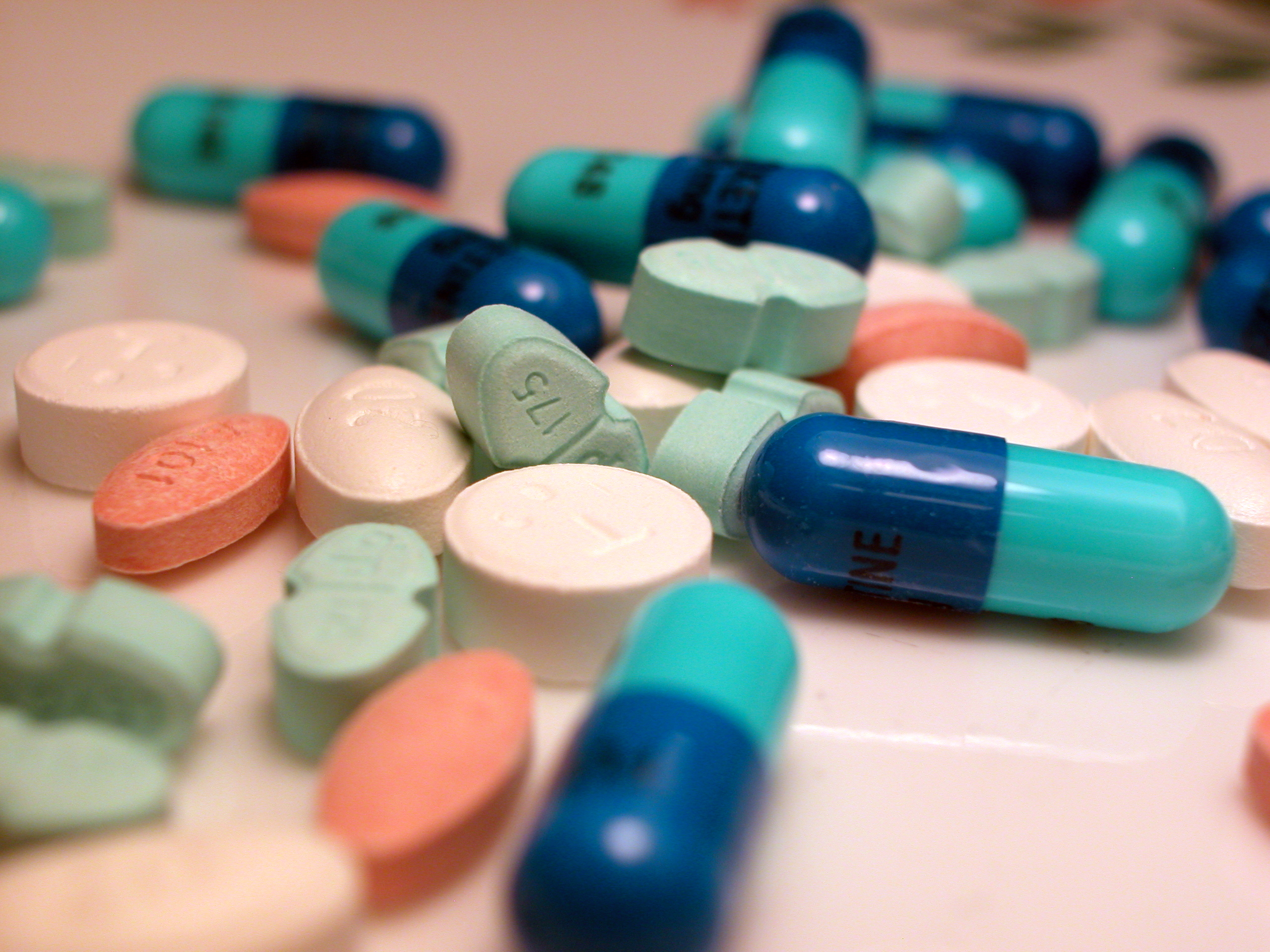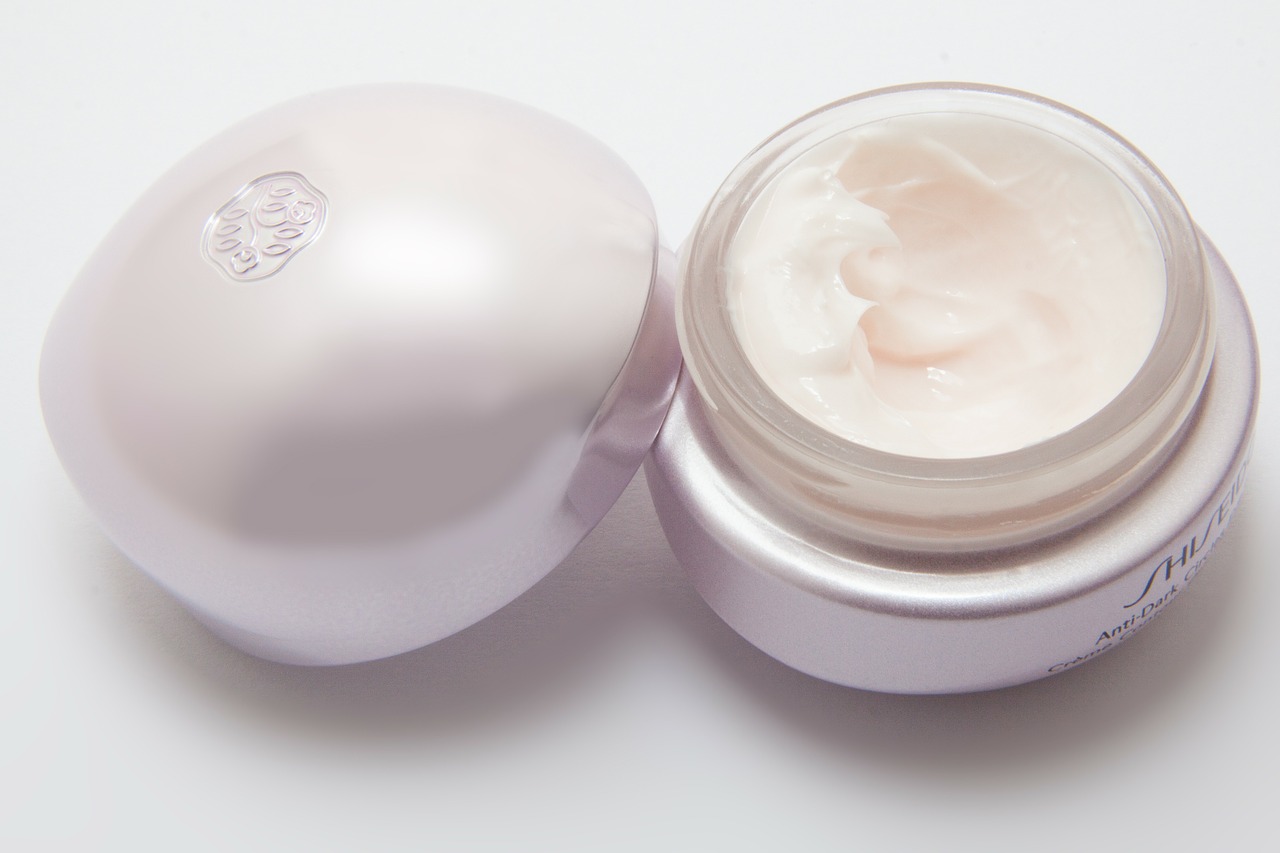|
Antipruritic
Antipruritics, abirritants, or anti-itch drugs, are medications that inhibit the itching (Latin: ''pruritus'') often associated with sunburns, allergic reactions, eczema, psoriasis, chickenpox, fungal infections, insect bites and stings like those from mosquitoes, fleas, and mites, and contact dermatitis and urticaria caused by plants such as poison ivy (urushiol-induced contact dermatitis) or stinging nettle. It can also be caused by chronic kidney disease and related conditions. Abirritants consist of a large group of drugs belonging to different classes with varying mechanisms to treat itch. They may work either directly or indirectly to relieve itch, and evidence on their effectiveness varies from one class to another. Some alternative medicines are also used to treat itch. Side effects of abirritants also vary depending on the class of the drug. Even before the emergence of modern evidence-based medicine, abirritants have already been used in many civilizations, but practices ... [...More Info...] [...Related Items...] OR: [Wikipedia] [Google] [Baidu] |
Itch
Itch (also known as pruritus) is a sensation that causes the desire or reflex to scratch. Itch has resisted many attempts to be classified as any one type of sensory experience. Itch has many similarities to pain, and while both are unpleasant sensory experiences, their behavioral response patterns are different. Pain creates a withdrawal reflex, whereas itch leads to a scratch reflex. Unmyelinated nerve fibers for itch and pain both originate in the skin; however, information for them is conveyed centrally in two distinct systems that both use the same nerve bundle and spinothalamic tract. Classification Most commonly, an itch is felt in one place. If it is felt all over the body, then it is called ''generalized itch'' or ''generalized pruritus''. If the sensation of itching persists for six weeks or longer, then it is called ''chronic itch'' or ''chronic pruritus''. ''Chronic idiopathic pruritus'' or ''essential pruritus'' is a rare form of itch that persists for longer ... [...More Info...] [...Related Items...] OR: [Wikipedia] [Google] [Baidu] |
Diphenhydramine
Diphenhydramine (DPH) is an antihistamine and sedative mainly used to treat allergies, insomnia, and symptoms of the common cold. It is also less commonly used for tremor in parkinsonism, and nausea. It is taken by mouth, injected into a vein, injected into a muscle, or applied to the skin. Maximal effect is typically around two hours after a dose, and effects can last for up to seven hours. Common side effects include sleepiness, poor coordination and an upset stomach. Its use is not recommended in young children or the elderly. There is no clear risk of harm when used during pregnancy; however, use during breastfeeding is not recommended. It is a first generation H1-antihistamine and ethanolamine and works by blocking certain effects of histamine, which produces its antihistamine and sedative effects. Diphenhydramine is also a potent anticholinergic, which means it also works as a deliriant at higher than recommended doses as a result. Its sedative and deliriant eff ... [...More Info...] [...Related Items...] OR: [Wikipedia] [Google] [Baidu] |
Urticaria
Hives, also known as urticaria, is a kind of skin rash with red, raised, itchy bumps. Hives may burn or sting. The patches of rash may appear on different body parts, with variable duration from minutes to days, and does not leave any long-lasting skin change. Fewer than 5% of cases last for more than six weeks. The condition frequently recurs. Hives frequently occur following an infection or as a result of an allergic reaction such as to medication, insect bites, or food. Psychological stress, cold temperature, or vibration may also be a trigger. In half of cases the cause remains unknown. Risk factors include having conditions such as hay fever or asthma. Diagnosis is typically based on the appearance. Patch testing may be useful to determine the allergy. Prevention is by avoiding whatever it is that causes the condition. Treatment is typically with antihistamines such as diphenhydramine and cetirizine. In severe cases, corticosteroids or leukotriene inhibitors may also be ... [...More Info...] [...Related Items...] OR: [Wikipedia] [Google] [Baidu] |
Tube Of Hydrocortison, Oude Pekela (2019) 02
Tube or tubes may refer to: * ''Tube'' (2003 film), a 2003 Korean film * ''The Tube'' (TV series), a music related TV series by Channel 4 in the United Kingdom * "Tubes" (Peter Dale), performer on the Soccer AM television show * Tube (band), a Japanese rock band * Tube & Berger, the alias of dance/electronica producers Arndt Rörig and Marco Vidovic from Germany * The Tube Music Network, a music video network that operated between 2006 and 2007 * The Tubes, a San Francisco-based band, popular in the 1970s and 1980s Other media * Tube, a freeware game for MS-DOS computers from Bullfrog Productions * ''TUBE.'', an online magazine about visual and performing arts, founded in 2012 in Sacramento, California * Series of tubes, an analogy for the Internet used by United States Senator Ted Stevens * Picture tube, term in Paint Shop Pro software for a small digital image with no background * YouTube, a video sharing website Science, technology, and mathematics Construction and mechani ... [...More Info...] [...Related Items...] OR: [Wikipedia] [Google] [Baidu] |
Evidence-based Medicine
Evidence-based medicine (EBM) is "the conscientious, explicit and judicious use of current best evidence in making decisions about the care of individual patients". The aim of EBM is to integrate the experience of the clinician, the values of the patient, and the best available scientific information to guide decision-making about clinical management. The term was originally used to describe an approach to teaching the practice of medicine and improving decisions by individual physicians about individual patients. Background, history and definition Medicine has a long history of scientific inquiry about the prevention, diagnosis, and treatment of human disease. The concept of a controlled clinical trial was first described in 1662 by Jan Baptist van Helmont in reference to the practice of bloodletting. Wrote Van Helmont: The first published report describing the conduct and results of a controlled clinical trial was by James Lind, a Scottish naval surgeon who conducted r ... [...More Info...] [...Related Items...] OR: [Wikipedia] [Google] [Baidu] |
Culture
Culture () is an umbrella term which encompasses the social behavior, institutions, and norms found in human societies, as well as the knowledge, beliefs, arts, laws, customs, capabilities, and habits of the individuals in these groups.Tylor, Edward. (1871). Primitive Culture. Vol 1. New York: J.P. Putnam's Son Culture is often originated from or attributed to a specific region or location. Humans acquire culture through the learning processes of enculturation and socialization, which is shown by the diversity of cultures across societies. A cultural norm codifies acceptable conduct in society; it serves as a guideline for behavior, dress, language, and demeanor in a situation, which serves as a template for expectations in a social group. Accepting only a monoculture in a social group can bear risks, just as a single species can wither in the face of environmental change, for lack of functional responses to the change. Thus in military culture, valor is counted ... [...More Info...] [...Related Items...] OR: [Wikipedia] [Google] [Baidu] |
Topical Medication
A topical medication is a medication that is applied to a particular place on or in the body. Most often topical medication means application to body surfaces such as the skin or mucous membranes to treat ailments via a large range of classes including creams, foams, gels, lotions, and ointments. Many topical medications are epicutaneous, meaning that they are applied directly to the skin. Topical medications may also be inhalational, such as asthma medications, or applied to the surface of tissues other than the skin, such as eye drops applied to the conjunctiva, or ear drops placed in the ear, or medications applied to the surface of a tooth. The word ''topical'' derives from Greek τοπικός ''topikos'', "of a place". Justification Topical drug delivery is a route of administering drugs via the skin to provide topical therapeutic effects. As skin is one of the largest and most superficial organs in the human body, pharmacists utilise it to deliver various dr ... [...More Info...] [...Related Items...] OR: [Wikipedia] [Google] [Baidu] |
Systemic Drug
Systemic administration is a route of administration of medication, nutrition or other substance into the circulatory system so that the entire body is affected. Administration can take place via enteral administration (absorption of the drug through the gastrointestinal tract) or parenteral administration (generally injection, infusion, or implantation). Contrast with topical A topical medication is a medication that is applied to a particular place on or in the body. Most often topical medication means application to body surfaces such as the skin or mucous membranes to treat ailments via a large range of class ... administration where the effect is generally local. References Routes of administration {{pharma-stub ... [...More Info...] [...Related Items...] OR: [Wikipedia] [Google] [Baidu] |
Medication
A medication (also called medicament, medicine, pharmaceutical drug, medicinal drug or simply drug) is a drug used to diagnose, cure, treat, or prevent disease. Drug therapy ( pharmacotherapy) is an important part of the medical field and relies on the science of pharmacology for continual advancement and on pharmacy for appropriate management. Drugs are classified in multiple ways. One of the key divisions is by level of control, which distinguishes prescription drugs (those that a pharmacist dispenses only on the order of a physician, physician assistant, or qualified nurse) from over-the-counter drugs (those that consumers can order for themselves). Another key distinction is between traditional small molecule drugs, usually derived from chemical synthesis, and biopharmaceuticals, which include recombinant proteins, vaccines, blood products used therapeutically (such as IVIG), gene therapy, monoclonal antibodies and cell therapy (for instance, stem cell thera ... [...More Info...] [...Related Items...] OR: [Wikipedia] [Google] [Baidu] |
Cream (pharmaceutical)
A cream is a preparation usually for application to the skin. Creams for application to mucous membranes such as those of the rectum or vagina are also used. Creams may be considered pharmaceutical products as even cosmetic creams are based on techniques developed by pharmacy and unmedicated creams are highly used in a variety of skin conditions (dermatoses). The use of the finger tip unit concept may be helpful in guiding how much topical cream is required to cover different areas. Creams are semi-solid emulsions of oil and water. They are divided into two types: oil-in-water (O/W) creams which are composed of small droplets of oil dispersed in a continuous water phase, and water-in-oil (W/O) creams which are composed of small droplets of water dispersed in a continuous oily phase. Oil-in-water creams are more comfortable and cosmetically acceptable as they are less greasy and more easily washed off using water. Water-in-oil creams are more difficult to handle but many drugs ... [...More Info...] [...Related Items...] OR: [Wikipedia] [Google] [Baidu] |
Chronic Kidney Disease
Chronic kidney disease (CKD) is a type of kidney disease in which a gradual loss of kidney function occurs over a period of months to years. Initially generally no symptoms are seen, but later symptoms may include leg swelling, feeling tired, vomiting, loss of appetite, and confusion. Complications can relate to hormonal dysfunction of the kidneys and include (in chronological order) high blood pressure (often related to activation of the renin–angiotensin system system), bone disease, and anemia. Additionally CKD patients have markedly increased cardiovascular complications with increased risks of death and hospitalization. Causes of chronic kidney disease include diabetes, high blood pressure, glomerulonephritis, and polycystic kidney disease. Risk factors include a family history of chronic kidney disease. Diagnosis is by blood tests to measure the estimated glomerular filtration rate (eGFR), and a urine test to measure albumin. Ultrasound or kidney biopsy may ... [...More Info...] [...Related Items...] OR: [Wikipedia] [Google] [Baidu] |
_02.jpg)

.jpg)




